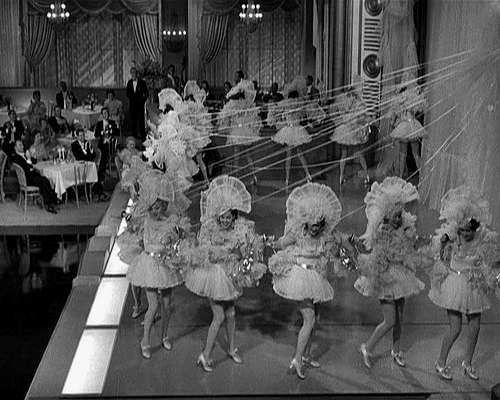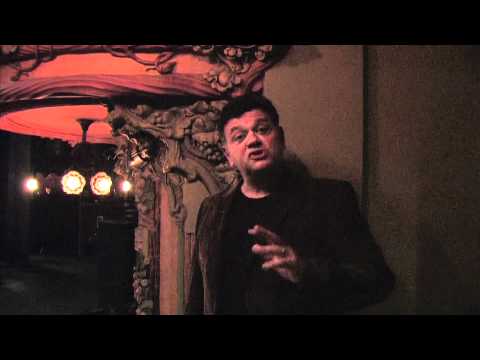In 1903, the New Amsterdam Theatre in New York City’s Times Square neighborhood between Seventh and Eighth Avenues opened its doors. The architects Henry Hertz and Hugh Tallant created this 11-story structure, which quickly earned the moniker “House Beautiful.”
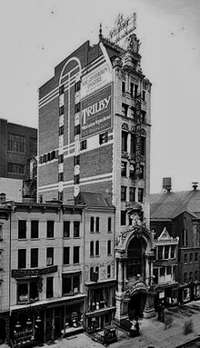
When this building was first completed, it had two theaters, offices, a number of luxurious lounges, and a large lobby. Murals depicting the creation of the first town, New Amsterdam, which would later become New York City, were on display there.
When Florenze “Flo” Ziegfeld relocated his yearly production to the New Amsterdam Theatre in June 1913, his Follies were already a hit. Since 1907, Flo had created an American rendition of the Parisian Folies Bergère at the recommendation of a friend.
Ziegfeld’s Follies adhered to a straightforward formula. He mixed the funniest vaudeville comedians with lyrical melodies performed by well-known singers. But the focal point of his plays were stunning women dressed in provocative attire.
1894 saw the birth of Olive Duffy in Charleroi, Pennsylvania. A work-related accident claimed the life of her steelworker father in 1906. Thomas dropped out of school at age 15 and started working to help support her younger siblings.
She married Thomas a year later, in 1911, when she was 16 years old and employed at a Pittsburgh department shop. This union only endured for two years.
Olive Thomas later relocated to New York City, where she took first place in a competition for the city’s most attractive girl.
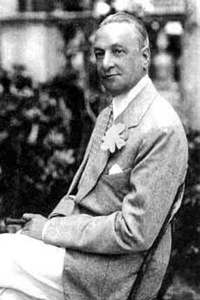
After starting to model, Thomas appeared on the main stage of the New Amsterdam in 1916 to try out for the legendary Flo Ziegfeld. Flo, a notorious womanizer, was drawn to her right away. She was employed.
She performed in the Follies wearing a green beaded dress, a sash, and a matching headgear made of feathers. Olive was a skilled flirt, so it didn’t take long for Ziegfeld to start seeing her.
She then took the stage in the theater’s sexier production on the rooftop. The Midnight Frolic was a show that took place in a setting that resembled a garden. The dance floor was made of glass, allowing the males below to see up the skirts of the women.
The female dancers in this review gave a theatrical performance while mostly nude and dressed in balloons. These balloons were popped by the male audience members using the end of their cigars.
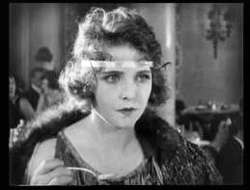
During this period, Alberto Vargas, one of the men who wooed her, persuaded her to allow him to paint a portrait of her. The artist gave the image the title “Memories of Olive.” She is clutching a rose while being nude up to her waist.
Jack Pickford was one of the men that frequently visited the Midnight Frolic. He was Mary Pickford’s younger brother, a well-known silent movie actress. He appeared in several short films and “shorts” as well.
For eight months, he followed Olive, and they frequently danced on the glass rooftop. 1916 saw their elopement. Although they were in love, the relationship was turbulent. Olive and Jack were both heavy drinkers, and Jack was a womanizer. They fought hard and partied hard.They were used as material for Hollywood gossip publications.
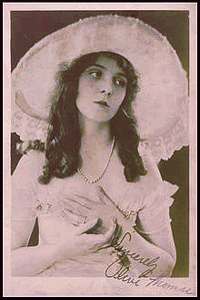
Olive signed a movie contract on her alone, apart from her husband. She later started working in Hollywood and was in over 20 silent movies. She portrayed the lead role in the 1920 movie The Flapper. This phrase had never been used before.
The couple made the decision to go on a second honeymoon the same year. When the First World War was still raging in 1918, Jack was quietly let go from the navy. He was charged with bribery and getting shady women for different cops.
The pair was intoxicated when they arrived back at the Hotel Ritz one night after a wild night out. Olive, who was having trouble falling asleep, found herself in the suite’s bathroom as Jack was asleep in the bedroom.
She focused on a large blue flask. Olive swallowed it down, figuring the liquid inside would help her. As it burnt her throat, she shrieked, waking up Jack.
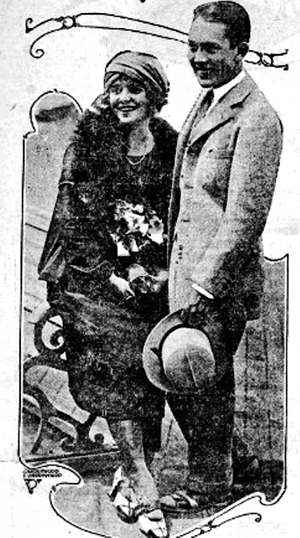
Olive Thomas, a former Ziegfeld girl who went on to become a silent film actress, and her husband Jack Pickford were in Paris for their second honeymoon in 1920. When the two arrived back at the Hotel Ritz, they had been out drinking and partying.
Olive was feeling anxious when she discovered a large blue flask in the toilet of the suite. It smelled strongly like alcohol, and Olive reasoned that it may help her go asleep. She consumed it. This substance burnt her throat as it went down.
Her spouse was awakened in the adjacent room by her scream. She had consumed the topical mercury bichloride that Jack was using to treat his persistent syphilis since her understanding was too foggy.
Jack attempted to make himself puke, but it was unsuccessful. To the adjacent Neuilly Hospital, where Olive was transported. She had bouts when she briefly regained consciousness in the hours that followed. She expressed her regret to Jack, who remained at her side, and then made a call to her mother.
She sadly died after ingesting so much poisonous fluid that her kidneys failed to function. Jack returned to the United States with Olive’s body. Her memorial ceremony, held at St. Thomas Episcopal Church in New York City, was well attended. In September 1920, she was laid to rest in the Bronx’s Woodlawn Cemetery.
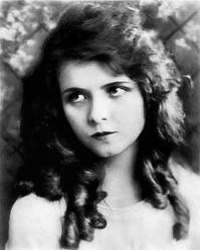
Her death was the subject of numerous rumors, including false claims that she had committed suicide or been murdered. When the couple was still alive, they had earned the moniker “the gayest, wildest brats who ever stirred the stardust of Broadway.
“The Hollywood studios utilized Thomas, the Arbuckle controversy (1921), which I cover here, and the murder of William Desmond Taylor (1922) to enshrine “morality clauses” in actors’ contracts after the scandal surrounding her death.
In his book Haunted Theaters, Tom Ogden, my favorite teller of authentic ghost stories, recounts multiple tales that suggest Olive Thomas’ ghost came back to haunt the New Amsterdam Theater soon after she passed away.
Often, Olive’s ghost is just partially visible. She has been spotted at the New Amsterdam both backstage and in the lounges. She is shown sporting a green beaded dress, headband, and sash that coordinate.
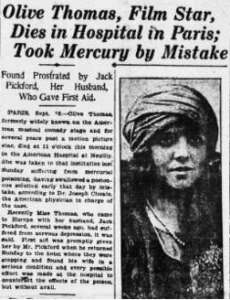
In 1952, a worker at the theater twice encountered her ghost.
He noticed that her sash had “Olive” inscribed across it. Both times, this woman, who was holding a sizable blue bottle in her hands, vanished in front of him.Without this ID, he could still have identified her because, as a young man, he had worked at the theater when she was a Ziegfeld girl.
The New Amsterdam experienced similar extensive deterioration over time as other historic structures. In the 1970s, one preservationist organization made attempts to restore the structure but failed. The structure was designated a landmark in New York City in 1979.
Disney acquired the structure in 1993 and invested $35 million in its restoration. Dana Amendola, the project manager, started hearing stories from the construction workers that the structure was haunted.
These rumors did not surprise him because his research on the theater’s past included information on Olive, her tragic demise, and the fact that her ghost still roams the building.
He was informed by a number of night watchmen that the main stage was shining with the picture of a stunning young woman. This ghost was also visible in the changing rooms.
One watchman claimed to have seen this object in the flashlight’s beam. “The beads from her Follies dress, headpiece, and sash sparkled in the glare.
“This individual claimed that the apparition was holding a sizable flask of blue liquid. He pressed the issue. Miss, who are you? Stop, please. I shouldn’t have you here.
He claimed that the woman’s lips curled into a subdued smile. She then swung around and crossed the stage. She strolled straight through a sturdy exterior wall as he watched.
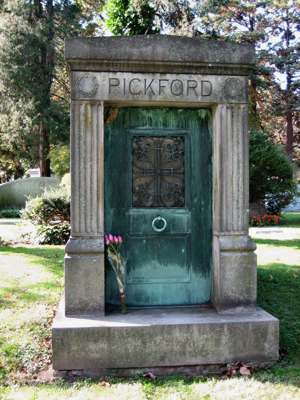
When seen, Olive’s ghost always has this blue flask with her. She frequently flirted with the male witnesses, they claimed. Hi, fella,” she said softly before batting her eyelids and vanishing.
Additionally, she could be heard yelling, “Hey, how re doin’?” Other occasions, workers and night watchmen discovered objects moved mysteriously.
Cast and employees have claimed to have seen Olive’s spirit since Disney reopened the theater to the public. She makes an evening appearance after audiences have left.
She has caused the offices on the top floor to lose all of their lights and shake the sets. When things change, her spirit tends to show up more frequently.
She has also been spotted floating on Amsterdam’s rooftop, close to the site of the previous glass dance floor.
In the theater, two portraits of Olive are displayed. As they pass these two images today, actors who appear in the many Disney shows frequently acknowledge Olive’s presence.
They pause and say “Goodnight Olive” or “Welcome Home.”Here is a little video of Dana Amendola about the ghost of Olive at the New Amsterdam.

